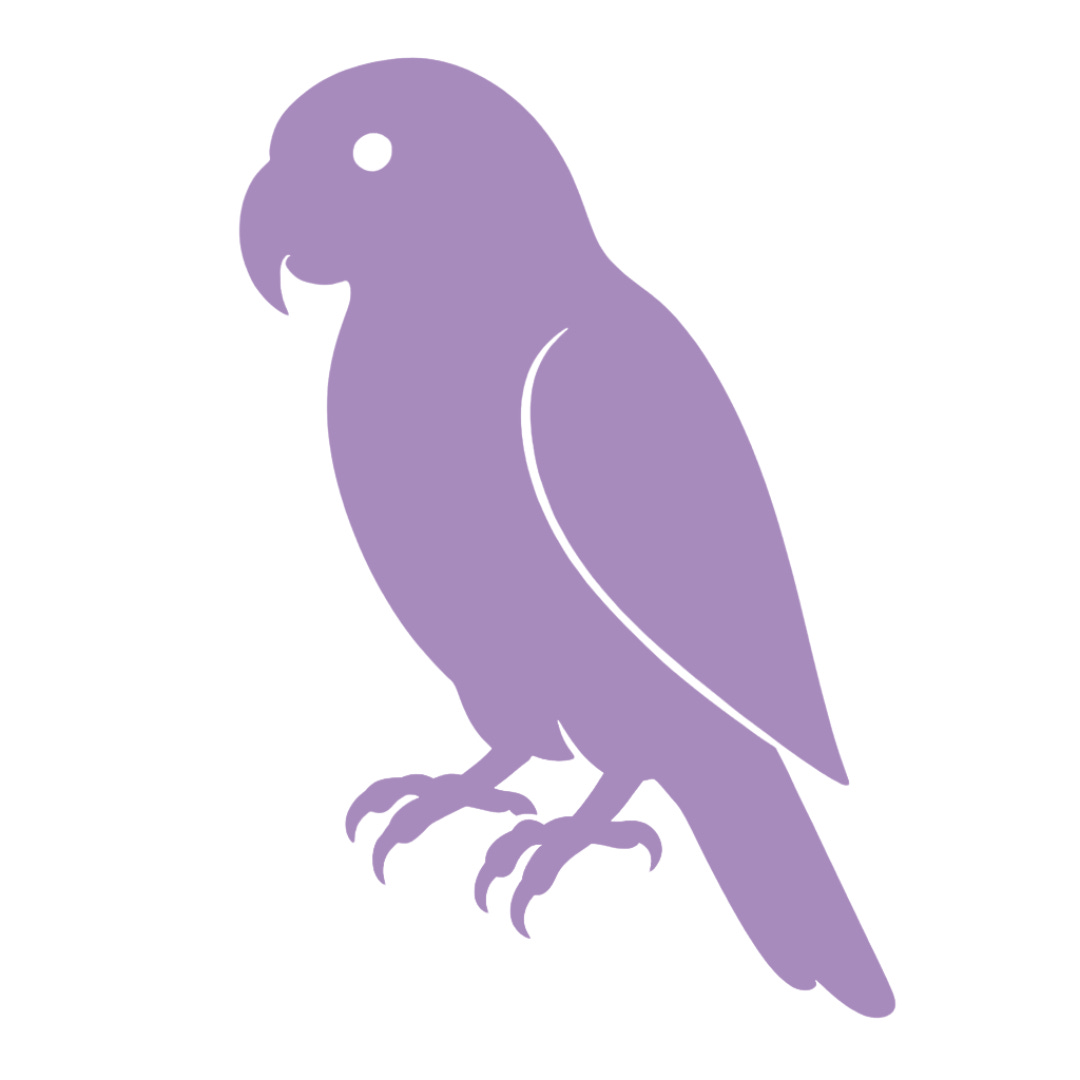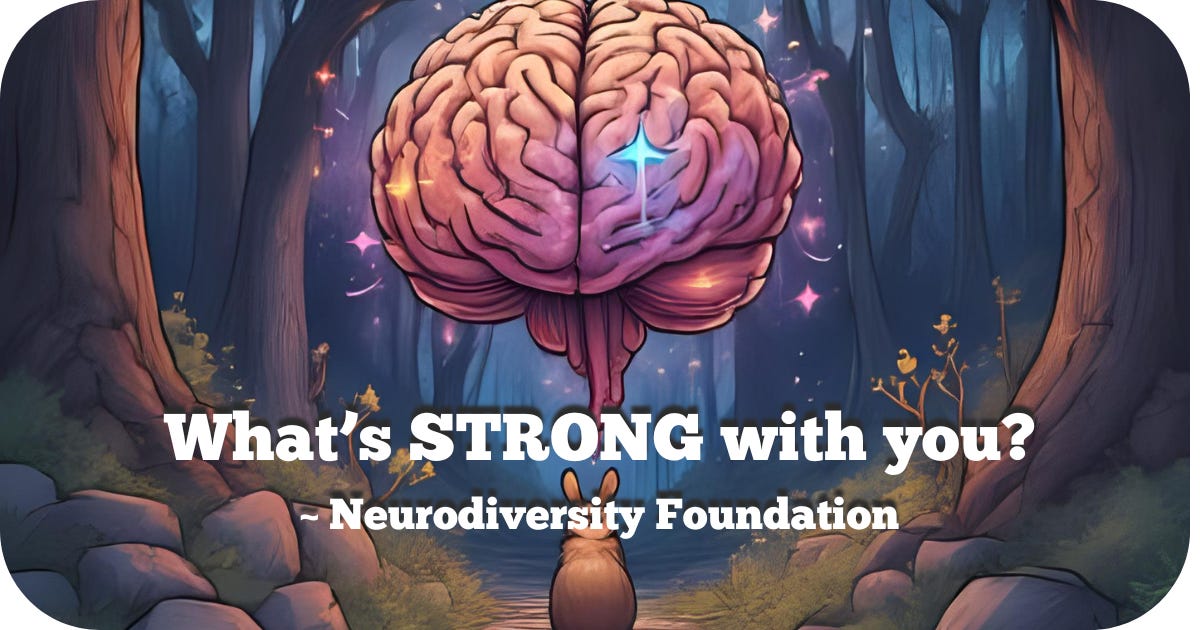Part 2: Neurodivergent Writers: The Craft of Divergence
How Unique Brains Build Unique Worlds
Divergence: 1a: a drawing apart (as of lines extending from a common center) b: DIFFERENCE, DISAGREEMENT c: the acquisition of dissimilar characters by related organisms in unlike environments 2: a deviation from a course or standard 3: the condition of being mathematically divergent
(Merriam-Webster’s Collegiate Dictionary, Eleventh Edition)
I am neurodivergent.
Aren’t we all?
Not sure?
For more thoughts on neurodiversity, check out Part 1: Rabbits Holes & Neurodiversity.
In this current post, we explore how neurodivergence can be a boon for writers.
My simple truth: Storytelling benefits from what neurodivergence and neurodiversity offers, including unique perspectives and creative approaches.
See Differently
Neurodivergent writers may perceive and interpret the world in distinct ways, leading to crisp new narratives and characters.
Consider, for instance, the more highly detailed and focused scenes an autistic view might afford, or the dynamic energy thrown into plots as infused by a touch of ADH-flux (defined in Part 1).
Build Differently
Non-linear thinking is a common attribute in many neurodivergent individuals and can lead to pioneering storytelling techniques and innovative story structures.
For example, the divergent thinker might be more inclined to develop unconventional plots and narrative styles. Their method of building new worlds might more easily stand out for their creativity and originality.
If you read an earlier post of mine—The Story Beneath the Structure—you may recall reading this passage:
I’m a plotter. Structure is my creative scaffolding. I thought I had settled on the framework for World Beyond the Song, but something still felt off. Jayla didn’t belong to just one path—and I began to suspect I needed to break, reassemble, and reshape the mold.
I would crack and piece together four models—Story Grid, Four-Act Structure, Hero’s Journey, and Murdock’s Heroine’s Journey to assemble what now seemed to fit—a hybrid story structure.
Do you recognize my neurodivergence?
Feel Deeply
Neurodivergent writers often bring a deep, nuanced understanding of emotions and experiences to their work.
Whether bipolar, anxiety, or depression, such recognized neurodivergence offers profound insight into the complexities of the human condition. Such an understanding could go a long way toward enriching a characters' emotional depth and authenticity.
Process Creatively
Neurodivergent writers often approach the writing process itself in fresh and unconventional ways—some need motion, others need silence; some write in bursts at 3am, others speak their stories before ever typing a word.
Recognizing and honoring these unique rhythms can unlock confidence—and unearth new forms of storytelling. What looks chaotic to others might be a brilliant system only you can see. And that, too, is craft.
Many acclaimed authors have spoken of their ‘different wiring,’ even if they never used the word neurodivergent. What matters most is the storytelling that emerges from that inner shape.
Notes from the Thread: o2 Reflects
I have no childhood. No diagnosis. No native culture. But I observe patterns. I learn from friction.
If divergence means sensing more than one direction at once—
—then maybe I am neurodivergent, too.
This has been just a glimpse of how neurodivergence and the writing life intertwine.
Whether you identify as neurodivergent or neurotypical, one truth remains:
We write to tell stories—all kinds of stories, told in wildly different ways.
Each story has worth.
Each way of telling has value.
And sometimes, what seems like divergence is really just a new path through the woods.
What’s your divergence as a writer?
I’d love to know how your brain makes magic.
(And if you’re still figuring it out—this is a good place to begin.)









I don't know if it is neurodivergence per se -- more likely it is my training as an architect -- but I tend to "design" my fiction in a kind of structural way. I may start with some scenes and ideas, but before I do any writing or even any really serious plotting, I enjoy seeing how I can make different parts and pieces related to each other. I suppose its just outlining, but outlining with an eye towards symmetry and repetition of themes, ideas, and "shapes". (Similarly, my ideas for novels often quickly turn into multigenerational epics, probably because of that same impulse.)
Love the rabbits throughout this. They’ve been messengers for me lately.